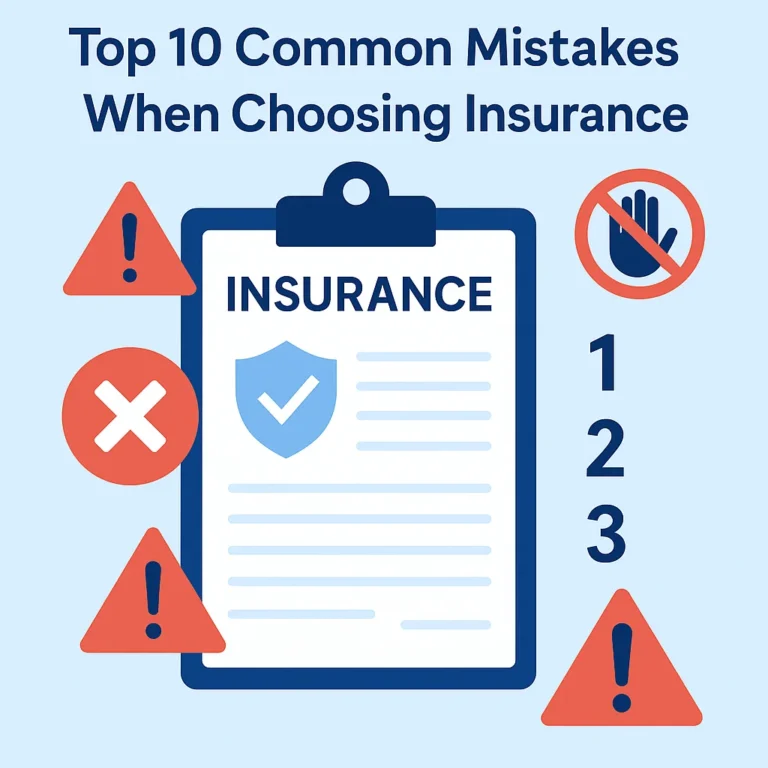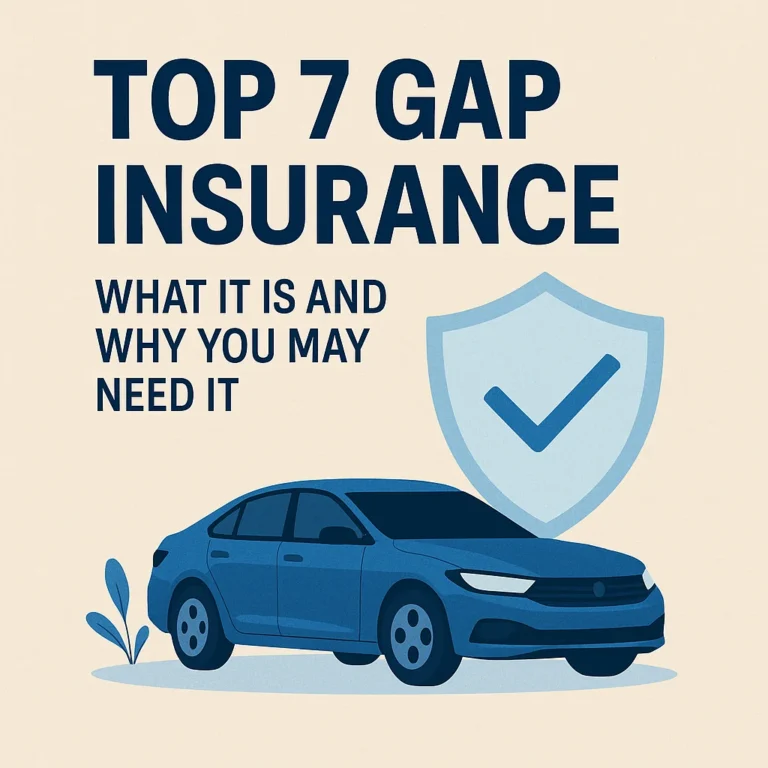In an increasingly globalized world, individuals frequently cross borders for work, leisure, or relocation, raising crucial questions about how insurance applies to international drivers. This article will clarify the underlying concepts, illustrate real-world applications, and offer deep insights into regulatory frameworks, actuarial considerations, and cross-border risk management.
History and Evolution
The concept of auto insurance dates back to early motorization in the 1920s, with third-party liability becoming the first widely mandated protection. As cross-border travel intensified post-World War II, standardized international motor insurance systems emerged, most notably the Green Card System in Europe, launched in 1949. Initially, it facilitated legal operation across borders without redundant local policies—a pivotal step in risk pooling and compensation coordination.
During the latter half of the 20th century, auto insurance evolved from compulsory liability to include collision and comprehensive policies. Parallelly, global economic integration made, for instance, the European Motor Insurance Card System expand into multi-hazard frameworks across ASEAN, Africa, and the Middle East. The evolution reflected growing complexity in cross-border coverage.
Statistical tracking of cross-border driving reveals significant safety challenges. For example, in the UK between 2001–2004, collisions by foreign-registered vehicles increased by ~28%, outpacing a 14% rise in cross-border traffic. In Switzerland, although foreign drivers made up only ~15% of traffic, they were responsible for ~50% of traffic offences. Such evidence led to regulatory response and better data collection.
The 21st century brought telematics and usage-based insurance (UBI). Enabled by GPS and accelerometer data, UBI tailors risk-based premiums to actual driving behavior (speed, braking, time-of-day). The U.S.-based Progressive pioneered telematics-based “pay-how-you-drive” systems ∼2010. The technology’s adoption is gaining momentum in Europe and Asia, particularly within international driver policies.
Today, the system integrates digital Green Cards, real-time risk tracking, international datasharing (e.g. EUCARIS), and actuarial linked telematics. This evolution underscores insurance’s shift from static coverage to dynamic, behavior- and regulation-driven global protection.
Current Data, Charts & Table Analysis
Below are key global metrics and illustrations that provide statistical insight into the current state of international driving insurance.
| Year Period | Average Insurance & Transport Margin (% of CIF Value) |
|---|---|
| 1995–2022 average | 4.7 % |
| 2022 | 4.9 % |
| 2008 peak | 5.1 % |
Source: OECD ITIC dataset
| Metric | Change (%) |
|---|---|
| Foreign vehicles exiting UK | +14 % |
| Collisions caused by foreign vehicles | +28 % |
Source: ABI analysis on UK Dept. Transport data
Sektörel Karşılaştırmalar
Private Passenger Insurance
Individuals driving rented or owned vehicles abroad typically rely on standard liability and collision coverage. In the U.S., international drivers can use their foreign license and often add an International Driving Permit (IDP) valid up to one year. Premiums vary substantially: e.g., Virginia average full-coverage for international drivers is ~$38/mo, versus $113/mo for domestic drivers. Telematics provision (UBI) may reduce costs if driving record is favorable.
Commercial & Freight Insurance
Logistics operators across borders—especially NAFTA/US-Mexico—must comply with local DOT regulations, obtain international liability bonds, and adapt insurance according to freight jurisdiction. Mexico-domiciled carriers transiting the U.S. need FMCSA registration, DOT number, and insurance under U.S. regulations. Premiums factor in freight type, weight, risk zones, and claims history.
Rental Company Damage Waivers
Car rental “collision damage waivers” (CDW) are contract extensions, not true insurance, commonly offered by major firms like Allstate. Though convenient for short-term rentals, CDWs limit third-party liability coverage and can leave gaps for injuring other road users.
Forecasts and Future Expectations
Looking ahead, three major trends will shape insurance for international drivers:
- Telematics & Behavior-Based Pricing: UBI penetration into international driver policies will grow globally. Global telematics vehicle count is projected to rise 15–20 % annually by 2030.
- Digital Policy & Blockchain: Expect policy issuance and claims to be tokenized via smart contracts, reducing cross-border fraud and enabling instant coverage verification.
- Regulatory Harmonization: EU’s 2021 directive revamps insurance enforcement and exceeds Green Card coverage minima; similar frameworks are expected in ASEAN, Africa, and Latin America.
Expert Opinions and Academic References
Insurance actuary Dr. Peter Handel notes: “Telematics data enable a more immediate feedback loop, changing premiums dynamically with real risk”
A 2023 academic study analyzing European telematics data finds that “large speed transitions, nighttime driving and harsh braking…are statistically significant predictors for claim counts.”
International regulatory expert on EUCARIS states: “EUCARIS currently boasts membership of 32 European countries…facilitating seamless exchange of driving license info.”
Important external resources:
Conclusion & Summary
To summarize:
- The insurance landscape for international drivers has evolved from liability-only coverage to dynamic, telematics-powered policies.
- Statistical evidence shows foreign drivers pose disproportionate risk, prompting tailored pricing and stricter regulation.
- Future trends center on usage-based models, digital transformation, and cross-border regulatory alignment.
- Key takeaways: ensure proper international documentation (e.g. IDP, Green Card), explore usage-based options, and audit liability limits to mitigate risks abroad.
Frequently Asked Questions
- Q: Can I drive abroad with my home country’s insurance?
- A: Often yes, via international systems like the Green Card (Europe), Orange Card (MENA), or Blue Card (ASEAN).
- Q: How long is an IDP valid?
- A: Typically 6–12 months, depending on the host country—e.g. U.S. often allows 1 year.
- Q: Will my telematics reduce premiums abroad?
- A: Yes—data show safe-driving behaviors significantly reduce claim frequency, incentivizing insurers.
- Q: Is rental CDW enough?
- A: No—CDW covers damage to the rental car but often excludes third-party liability. Supplemental liability insurance is advisable.
Suggested internal reads:






